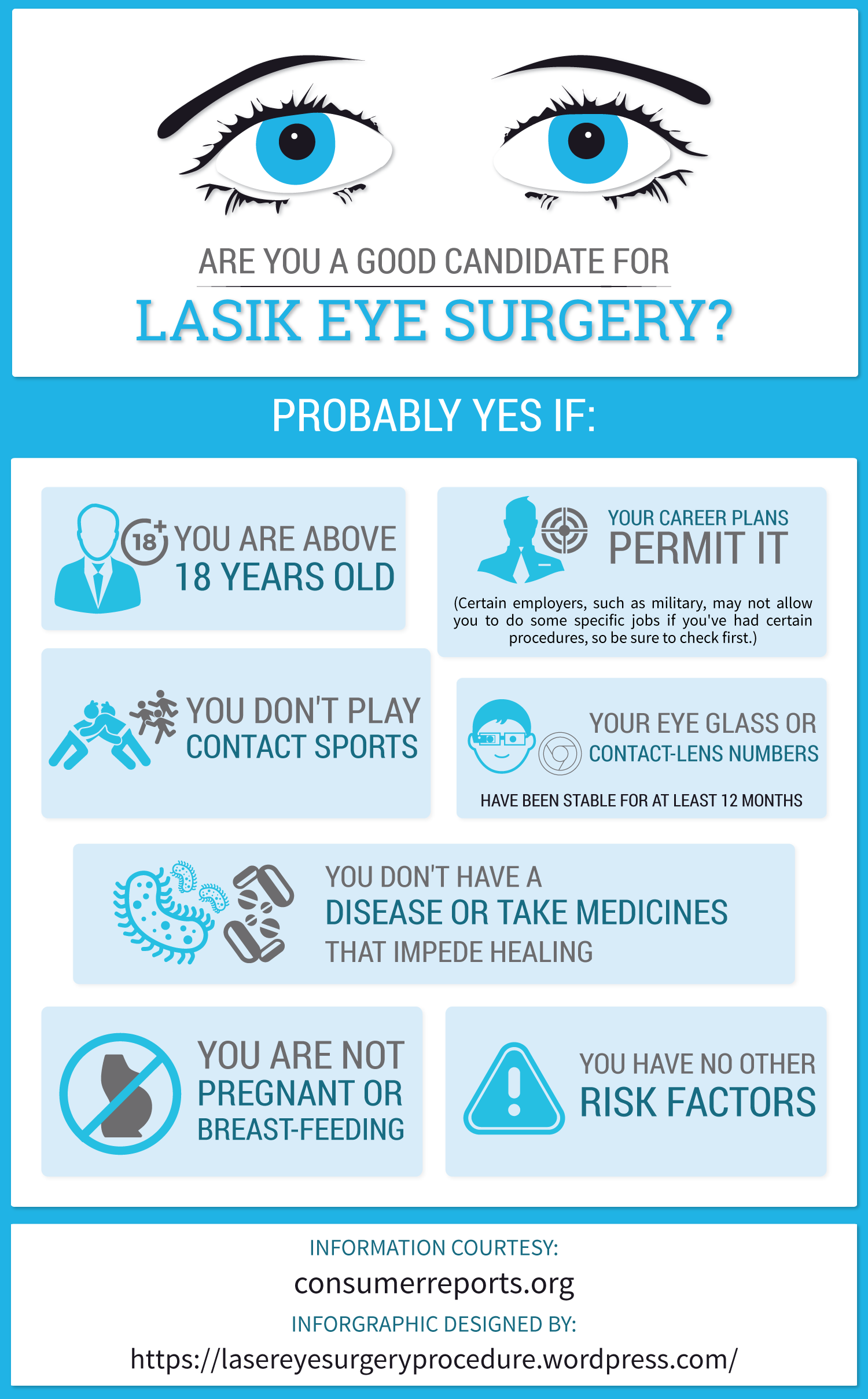Check Out An Appealing Trip Mapping The Growth Of Cataract Surgery Techniques That Are Transforming The Overview Of Eye Health Care
Check Out An Appealing Trip Mapping The Growth Of Cataract Surgery Techniques That Are Transforming The Overview Of Eye Health Care
Blog Article
Web Content By-Ottesen Maynard
As you check out the development of sophisticated cataract surgery techniques, you'll witness a journey marked by resourcefulness and accuracy. From ancient methodologies that paved the way for modern developments to cutting-edge modern technologies that are revolutionizing the field, the comprehensive introduction of cataract surgical treatment methods is a testimony to human progress and commitment to enhancing individual outcomes. The intricate interaction in between historic approaches and advanced innovations creates an intriguing story that clarifies the evolution of one of one of the most common operations worldwide.
Historical Techniques and Developments
Discover exactly how very early doctors changed cataract treatment by using ingenious techniques and tools. In the past, cataract surgery was a risky and excruciating procedure. Nevertheless, old Indian medical professionals were amongst the initial to try medical interventions for cataracts, using a method called 'couching' where a sharp tool was used to press the cataract back into the eye. This method, though crude by today's criteria, prepared for future advancements in cataract surgery.
As time progressed, Arab doctors made substantial payments by establishing specialized needles for cataract removal. These needles were utilized to puncture the cataract and then extract it from the eye, marking a substantial improvement in surgical precision.
Later on, in the 18th century, the French specialist Jacques Daviel pioneered the method of extracapsular cataract removal, where the entire lens was eliminated intact through a bigger laceration. This noted a significant development in cataract surgery strategies, paving the way for the modern-day treatments we utilize today.
Modern Surgical Approaches
Early strategies in cataract surgery have actually advanced considerably, resulting in the development of modern-day medical techniques that focus on precision and boosted patient end results. Modern cataract surgical procedure currently often includes a treatment called phacoemulsification, where an ultrasonic device separate the cataract for elimination via a tiny laceration. This strategy allows for quicker recovery and decreases the threat of difficulties compared to older methods.
Furthermore, the use of sophisticated intraocular lenses (IOLs) has transformed cataract surgical procedure outcomes. These lenses can remedy not just the cataract yet also various other refractive mistakes like astigmatism, lowering the need for glasses post-surgery.
Surgeons today additionally have access to innovative imaging innovations that help in precise preoperative planning and intraoperative decision-making. Optical coherence tomography (OCT) and other imaging modalities offer thorough photos of the eye's structures, enabling a much more individualized strategy to each person's surgical procedure. With these improvements, contemporary cataract surgery techniques remain to enhance, offering people more secure procedures and far better aesthetic results.
Arising Technologies in Cataract Surgical Treatment
With advancements in innovation reinventing the field, cataract surgery is experiencing the assimilation of cutting-edge methods for boosted patient end results. Emerging modern technologies in cataract surgical treatment are reshaping the landscape of ophthalmic treatments. cataract surgery equipment is femtosecond laser innovation, which enables accurate corneal lacerations, capsulotomies, and lens fragmentation, resulting in improved surgical precision and outcomes.
Furthermore, intraoperative aberrometry is getting appeal, enabling real-time measurements of refractive errors throughout surgery to enhance intraocular lens power calculations and decrease postoperative refractive shocks.
Moreover, using innovative imaging modern technologies like optical coherence tomography (OCT) and intraoperative wavefront aberrometry help cosmetic surgeons in precise surgical preparation and implementation. These tools give thorough anatomical details and assistance customize surgical methods for every client's distinct eye features.
Additionally, developments in artificial intelligence are being explored to assist in preoperative planning, intraoperative decision-making, and postoperative treatment, possibly enhancing surgical outcomes and client contentment. Accepting these arising innovations in cataract surgical treatment holds guarantee for more improving client results and guaranteeing the continued evolution of ophthalmic surgical methods.
Conclusion
As you journey with the background of cataract surgery, you witness the change from old methods to advanced innovations. Like a phoenix az increasing from the ashes, cataract surgical treatment has actually advanced into a beacon of hope and development.
Equally as a caterpillar arises from its cocoon as a beautiful butterfly, cataract surgery has blossomed right into a refined art type, offering people clearer vision and a brighter future.
The development proceeds, shining a light on unlimited possibilities.
